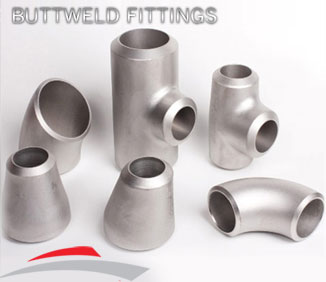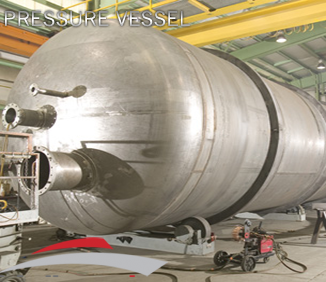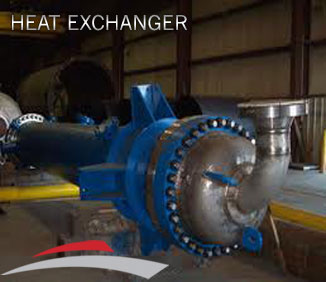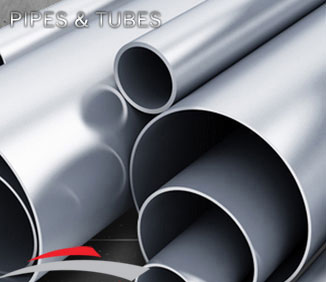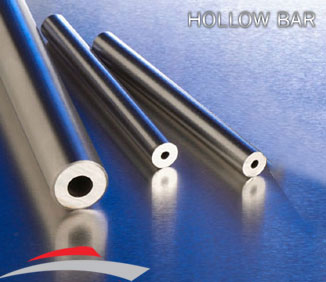Click Here For Flanges Dimension Chart
Separating one part of a line from another requires a spectacle blind, able to switch from closed to open and back again. Bleed rings provide a means to release pressure from the pipe through a controlled opening.
Spectacle flanges are known for their tensile strength, dimensional accuracy and durability. These flanges are made by using best quality material. We offers an extensive range of spectacle flanges in various dimensions and specification.
These types of flanges are made from plate, and come in 3 different types:
The first and most widely used type are spec blinds – short for spectacle: these are flanges with two equal outside diameter (OD) parts welded together by way of a ‘bridge’. One of the parts also contains an inside diameter (ID), while the other is a blank, or blind. A whole is put at the halfway mark of the bridge. These are also called spectacles, figure 8’s, and figure 8 blanks, because of their resemblance to reading glasses (spectacles) and figure 8’s. These are referred to as ‘Line Blanks’ in the ASME/ANSI standards.
The second and third types are quite similar: both have longer bridges, referred to as ‘paddles’, which resemble longer handles. One type has only an OD, and so is a blind plate – similar in appearance to a large pizza oven peel. These are referred to as paddle blinds.
The other type is exactly the same but comes with an ID as well, enabling flow-through when installed in a piping system. These pieces have holes in the paddle which enables field personnel to determine by sight which piece is installed in a system. These are referred to as paddle spacers, and are often supplied in sets together with the paddle blinds.
All 3 types of these flanges are used in piping systems or pressure vessels where the flow needs to be interrupted from time to time. They are installed between two pipe flanges (as specified above), and by way of a screw inserted into the hole in the bridge or paddle, they are able to rotate or ‘swing’ into and out of position to interrupt or allow the flow, as the user sees fit.
Our spec blind flanges are available with raised, flat, or RTJ faces.
This is a flange plate which as its name implies is shaped like a pair of spectacles only in this case one spectacle is open and the other is blanked off. This plate is installed in the pipeline between a pair of flanges. In normal operation the plate is installed with the open side in the pipeline so it does not restrict the flow. However, once the pressure has been taken off the flange plates can be loosened and the spectacle plate changed to put the blind side in the flow. This will completely seal off the flow making the line safe to work on.
Specification
Grades: Stainless Steel 304, 304L, 316, 316L, 321, 309, 310, 317L, Incoloy 800 , Incoloy 825 , Inconel 600 , Inconel 625 , Monel 400 , Monel 500 , Hastelloy C276
Standard: ASTM B366
THE FOLLOWING GRADES WE SERVE IN SPECTACLE FLANGES
304 Stainless Steel Flanges:
The most widely used of the stainless and heat resisting steels, 304 offers good corrosion resistance to many chemical corrodents as well as industrial atmospheres. 304 has very good formability and can be readily welded by all common methods |
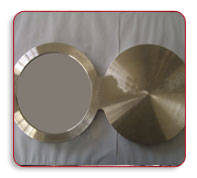 |
304L Stainless Steel Flanges:
304L stainless steel is a variation of the basic 18-8 grade, Type 302, with higher chromium and lower carbon content. The lower carbon minimizes chromium carbide precipitation due to welding and it’s susceptibility to intergranular corrosion. Some industries that specify stainless steel flooring include manyfood and beverage applications, education, aerospace, water and wastewater, as well as recreation applications. |
 |
316 Stainless Steel Flanges:
316 is non-magnetic in the annealed condition and not hardenable by heat treatment. 316 is more resistant to atmospheric and general corrosive conditions than any of the other standard stainless steels. The addition of molybdenum provides an extra measure of corrosion resistance making this grade suitable for applications involving severe corrosive conditions such as use in the chemical industries and marine atmospheres. This grade of stainless may become slightly magnetic when cold worked. |
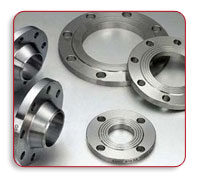 |
316L Stainless Steel Flanges :
Type 316L is a variant of Type 316 and differs by having a lower Carbon content as well as slightly lower yield and tensile strengths. Type 316L offers improved weldability and also reduces the possibility of lower corrosion resistance around welded areas. |
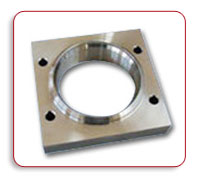 |
321 Stainless Steel Flanges:
Type 321 is a standard austenitic 18/8 chromium nickel alloy with the addition of Titanium making it an excellent choice in elevated temperature environments.Used in particular applications within 450-850 degrees centigrade, 321 combines high strength with resistance to scaling and phase stability |
 |
309 Stainless Steel Flanges:
Stainless 309 offers a better corrosion resistance than the type 304 because of higher percentages of nickel and chromium. This alloy has been used for furnace parts, high temperature containers, weld wire, and fire box sheets. |
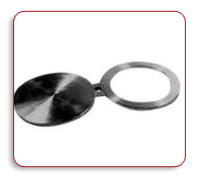 |
310 Stainless Steel Flanges:
Stainless steel 310/310S is an austenitic heat resistant alloy with excellent resistance to oxidation under mildly cyclic conditions through 2000ºF. Its high chromium and nickel contents provide comparable corrosion resistance, superior resistance to oxidation and the retention of a larger fraction of room temperature strength than the common austenitic alloys like Type 304. |
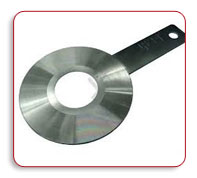 |
317L Stainless Steel Flanges:
317L is a molybdenum bearing, low carbon content "L" grade austenitic stainless steel that provides improved corrosion resistance over 304L and 316L stainless steels. The low carbon provides resistance to sensitization during welding and other thermal processes.
317L is non-magnetic in the annealed condition but may become slightly magnetic as a result of welding.
|
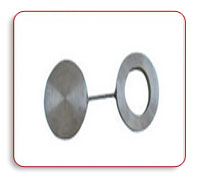 |
Incoloy 800
Incoloy 800 is a combination of nickel and chromium alloy that has excellent tensile strength and resistance to oxidation as well as carburzation properties. This alloy is extremely functional as it maintains a stable structure, even when exposed to high temperature. The Inconel is extremely resistant to corrosion, even in acidic environment. |
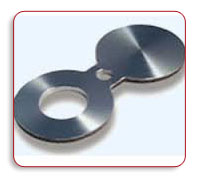 |
|
Incoloy 825
Incoloy 825® is a nickel-iron- chromium alloy with titanium, copper, and molybdenum. Incoloy® 825's chemical composition provides great resistance to many corrosive environments, such as pitting, crevice corrosion, intergranular corrosion, and stress- corrosion cracking. Incoloy 825® has good mechanical properties from moderately to high temperatures. The hot - working range for Incoloy 825® is 1600 to 2150° F. The material has good weldability by all conventional processes. |
 |
Inconel 600
Inconel 600 is an alloy that is extremely resistant to heat & corrosion and hence is widely used in various engineering processes. With high tensile strength, Inconel can be hardened and strengthened only by cold work. This alloy 600 is extensively used in heat-treating industry for muffles, furnace components, and for heat-treating baskets and trays |
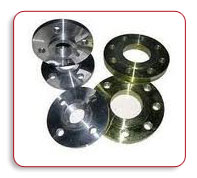 |
Inconel 625
Inconel ® 625 is a nonmagnetic, corrosion and oxidation resistant, nickel-base alloy. It has high strength and toughness in the temperature range cryogenic to 2000°F (1093°C) which is derived largely from the solid solution effects of the refractory metals, columbium and molybdenum, in a nickel-chromium matrix. Alloy 625 has excellent fatigue strength and stress - corrosion cracking resistance to chloride ions.
|
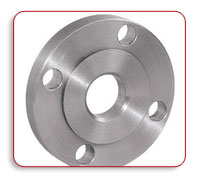 |
Monel 400
Monel 400 is a combination of nickel and copper and is hardened by cold working only. This alloy is widely renowned for for its corrosion resistant properties against flowing sea - water and is extensively used for marine applications. Monel is also extremely resistant to stress corrosion cracking in most freshwaters. High temperature ( up to 1000 °F) has no effect on this alloy and it also has excellent mechanical properties at subzero temperatures. |
 |
Monel 500
Monel K-500® is a nickel-copper alloy with the same corrosion resistance and characteristics as the Monel 400®. The Monel K-500® has a greater strength and hardness then the 400, as a result of added aluminum and titanium. In age-hardened condition, it has greater tendency toward stress- corrosion cracking in some environments.Monel K-500 is available in various forms are Bars, Forge Bar, Fasteners and Forge Fittings. Chemical Analysis of Monel K500® (UNS N05500) |
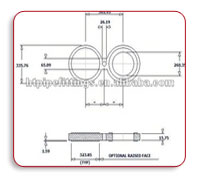 |
Hastelloy C276
Hastelloy C-276® is a nickel-molybdenum-chromium alloy with excellent corrosion resistance in severe environments. Inconel C-276® is used in pollution control, chemical processing, pulp and paper production, and waste treatment. Available forms for wire , Round bar, Forged bar , hex bar , Flat bar , Circles , Ring , Tube , seamless Pipe , Welded / ERW Pipe , Sheet , Plate , Coil , Flanges , fasteners , Socket weld Fittings , ferrule fittings , Buttweld fittings Like cap , elbow , tee , Reducer. |
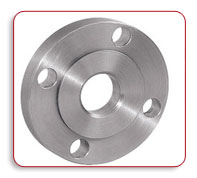 |







